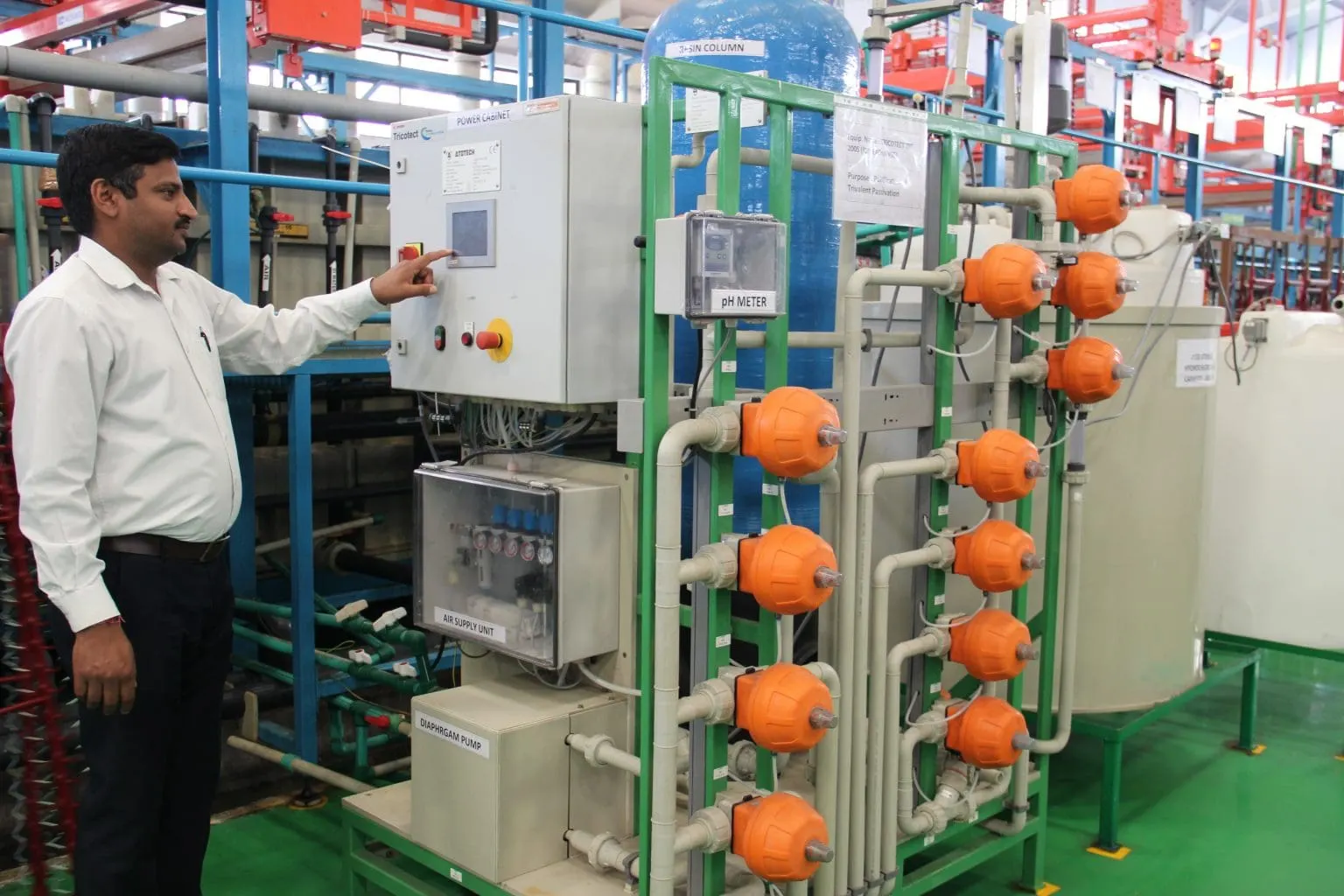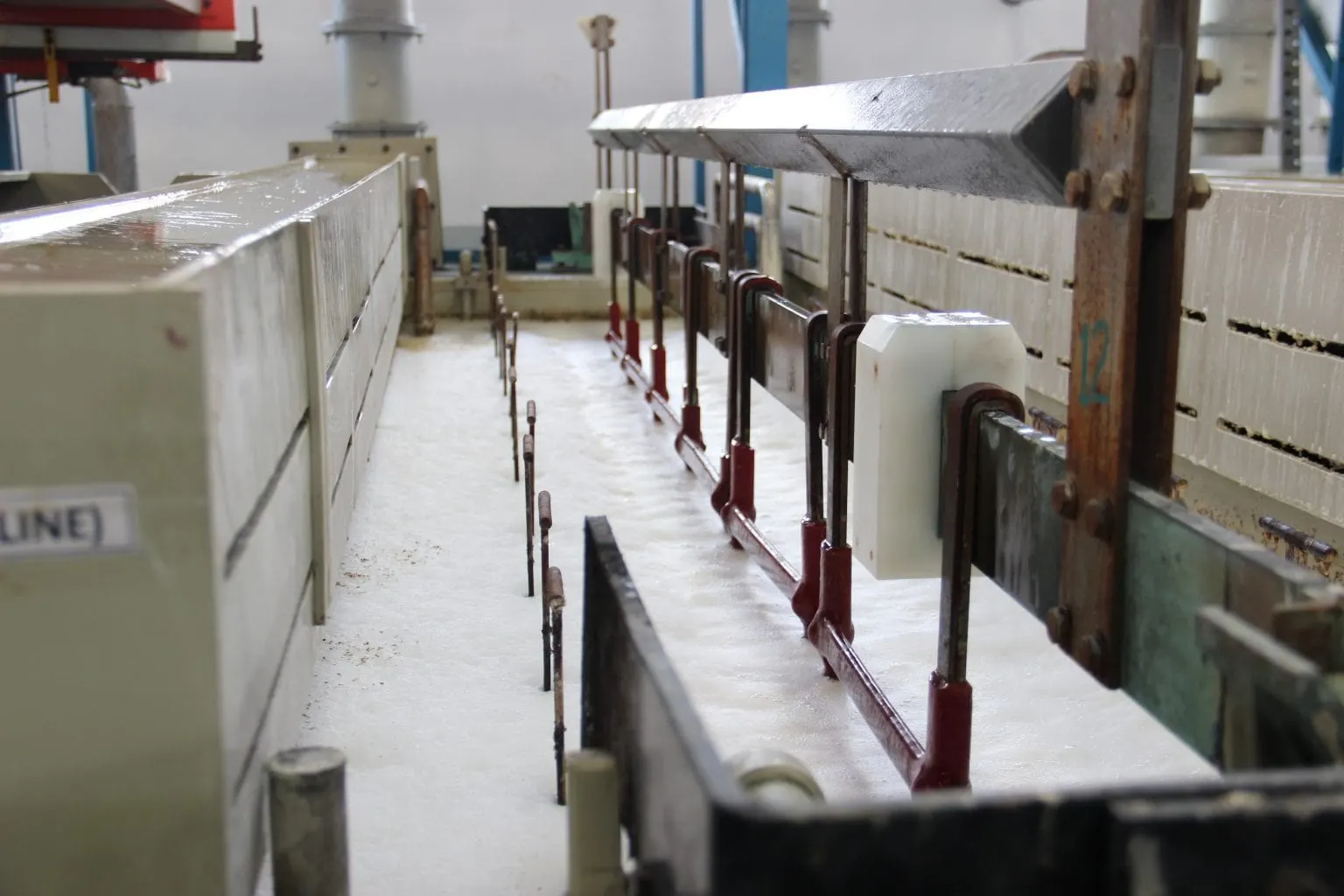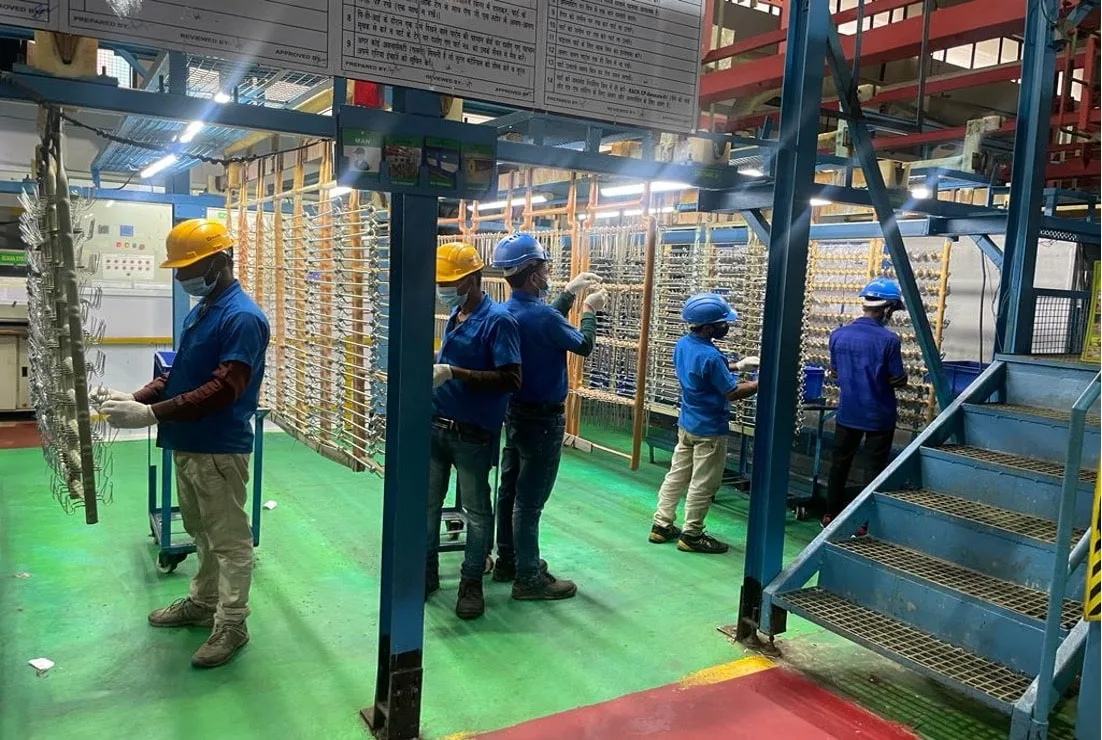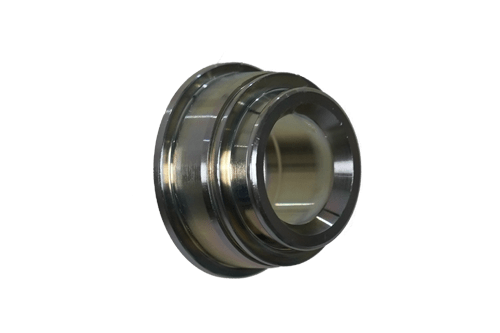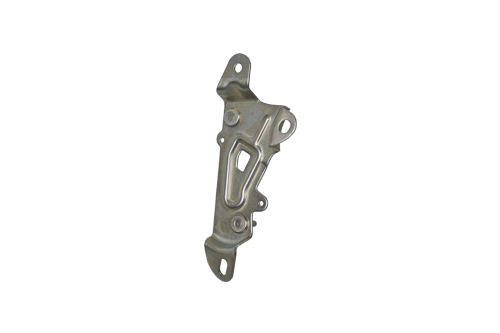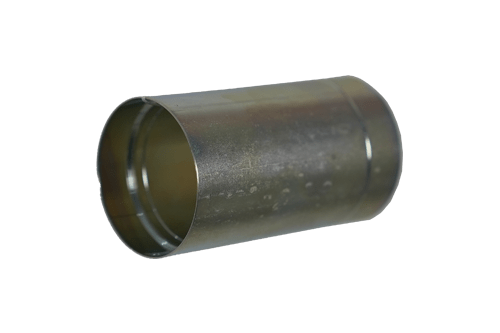Zinc Plating Rack Type
At SAR, our core expertise lies in delivering unparalleled Rack type Zinc Electroplating services, meticulously tailored to meet the precise specifications of our esteemed clientele.
We take immense pride in producing plating products of exceptional quality, characterized by both aesthetic allure and superior functionality that exceed all testing standards.
PRODUCT BENEFITS
- Excellent Ductility & Adhesion
- Stellar receptivity of Chromate Conversion Coating
- Uniform Plating of contoured components
- Aesthetically appealing RAINBOW color effect
FAQ's
A zinc plating rack is a specialized rack or fixture used to hold and suspend metal parts during the zinc plating process. It ensures uniform coating and efficient plating of multiple parts simultaneously.
While zinc plating itself is not considered environmentally friendly due to the use of chemicals, some modern processes adhere to stricter regulations and use more eco-friendly practices, such as trivalent passivation.
Zinc plating racks help prevent parts from touching each other during plating, ensuring proper coating distribution and preventing the formation of bare spots.
Zinc plating is widely used in automotive, aerospace, electronics, construction, and various other industries where corrosion protection is vital.
The lifespan of zinc plating depends on the thickness of the coating, environmental conditions, and proper maintenance. In general, it can provide corrosion protection for several years.

